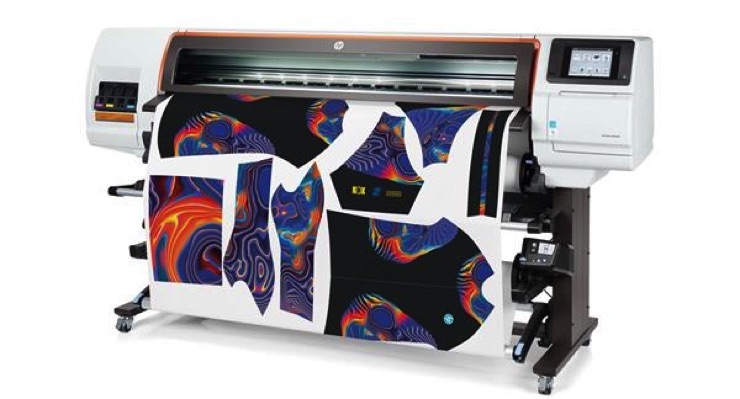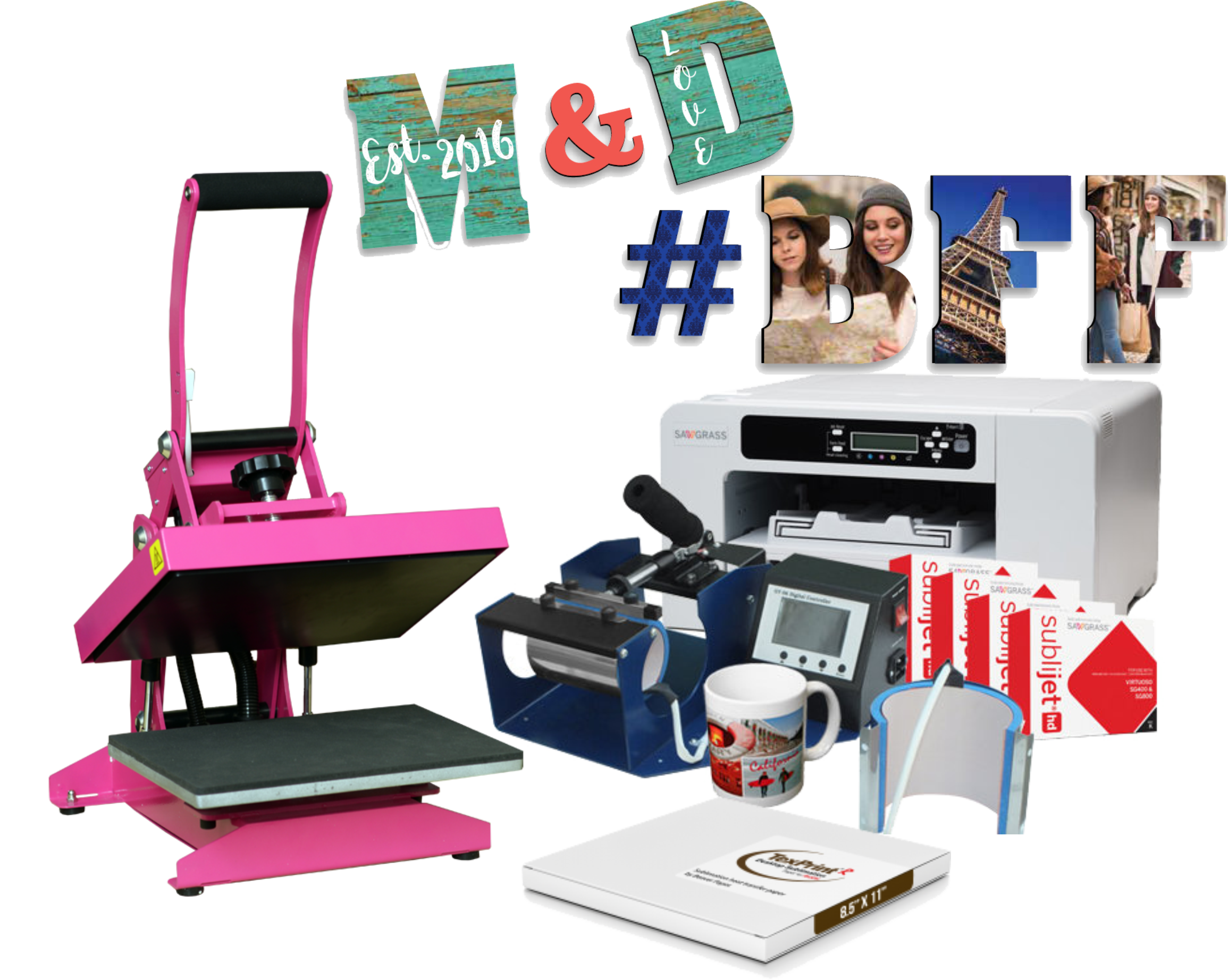Why DTF Printing is the Future of Custom-made Garments Production
Why DTF Printing is the Future of Custom-made Garments Production
Blog Article
A Comprehensive Overview to the Various Kinds of Fabric Printing Methods
Each technique, from the meticulous workmanship of block printing to the fast efficiency of display printing, serves special functions and offers unique advantages. Digital printing's versatility and environmental awareness stand in stark comparison to the speedy modification of warmth transfer printing.
Block Printing
Block Printing, one of the earliest methods of textile design, has an abundant history that dates back to old civilizations. The process entails sculpting complex layouts into wooden blocks, which are after that dipped in color and pressed onto fabric to develop patterns.
The precision and craftsmanship associated with block printing make it a labor-intensive procedure, however it likewise enables for a high level of customization. Craftsmens can produce distinct patterns by integrating different blocks or varying the application of dye. This versatility has contributed to the long-lasting appeal of block printing in both traditional and contemporary textile design.
Block printing is specifically valued for its aesthetic qualities, including the slight variations in pattern and shade that result from the hand-printing process. These flaws lend a special personality to every item, identifying it from mass-produced materials. Regardless of developments in modern-day printing technologies, block printing continues to be a valued technique, celebrated for its historical value and artistic worth.
Screen Printing
Screen printing, one more famous fabric decor method, has changed the sector with its effectiveness and versatility. This method includes creating a stencil, referred to as a display, and using it to apply layers of ink on the printing surface. Each shade in the layout needs a separate screen, which permits dynamic and elaborate multi-colored prints.

One of the essential benefits of screen printing is its adaptability to numerous kinds of materials, consisting of cotton, polyester, and blends. This strategy is specifically ideal for large-volume orders due to its cost-effectiveness and speed. The sturdiness of the prints is an additional significant advantage, as the ink bonds well with the material, making certain resilient layouts that hold up against several laundries.
Once dried, the style is moved onto the emulsion-coated display using a UV light source. Ink is after that pressed through the pattern onto the material utilizing a squeegee.
Display printing is widely utilized in the garment industry, marketing products, and personalized apparel. Its capacity for top notch, detailed prints secures its standing as a cornerstone technique in fabric printing.
Digital Printing
Digital printing has promptly emerged as a cutting-edge strategy in the textile industry, leveraging sophisticated technology to generate high-resolution designs straight onto material. Unlike typical methods, digital printing uses inkjet printers to deposit pigment or dye-based inks onto fabrics, making it possible for dynamic and elaborate patterns with an impressive degree of detail and color accuracy.
One of the key advantages of digital printing is its flexibility. This method enables on-demand printing, which considerably decreases waste and reduces supply expenses. Additionally, it supports brief runs and customized styles, making it ideal for custom jobs and limited-edition collections. The elimination of displays and other setup demands further enhances efficiency, reducing production time and labor expenses.
Moreover, digital printing is eco-friendly. sublimation printing. It makes use of water-based inks and calls for less water and energy contrasted to standard strategies, lining up with sustainable practices. The precision of electronic printing likewise allows making use of a larger series of textiles, consisting of cotton, silk, polyester, and blends, making certain adaptability throughout different applications
Heat Transfer Printing
Exactly how does warm transfer printing change textile design? Warm transfer printing entails making use of warmth and stress to transfer a design from a specifically created paper onto fabric.
Among the primary advantages of heat Branded clothing transfer printing is its capacity to produce high-quality, in-depth images swiftly and efficiently. It is especially appropriate for small production runs and personalized orders, making it a prominent option for tailored apparel and promotional items. Additionally, this method is versatile, accommodating different sorts of fabrics consisting of cotton, polyester, and blends.
Additionally, warmth transfer printing is reasonably cost-efficient compared to other methods, as it calls for very little arrangement and lower preliminary financial investment - heat transfer vinyl printing. This affordability, coupled with its capability for creating vivid, long lasting prints, highlights its essential duty in modern-day material design

Dye Sublimation Printing
Dye sublimation printing, an advanced material printing method, supplies unequaled vibrancy and durability for designs on different synthetic materials. This method entails converting solid dye right into a gas without passing with a fluid state, allowing the color to penetrate the textile seamlessly. The process begins with printing the style onto a special transfer paper utilizing sublimation inks. The printed transfer paper is after that put on the fabric, and both are subjected to high warm and pressure using a heat press. The warmth triggers the dye to sublimate and bond with the textile fibers, developing a long-term, high-resolution print that withstands fading and splitting.
One of the crucial advantages of color sublimation printing is its capacity to generate continuous-tone prints with detailed information and vivid shades. Unlike various other printing techniques, the color becomes part of the material instead than sitting on top of it, resulting in a breathable and soft coating.
Verdict
In recap, fabric printing strategies each deal distinct benefits tailored to various needs and applications. Block printing is respected for its artisanal top quality, while display printing is useful for high-volume manufacturing. Digital printing supplies adaptability and environmental advantages, whereas warm transfer printing is perfect for fast modification. Dye sublimation printing creates dazzling, long lasting designs on synthetic materials. The variety and development within these click site methods highlight the dynamic and advancing nature of the fabric printing industry.
Each approach, from the meticulous craftsmanship of block printing to the rapid performance of display printing, offers one-of-a-kind functions and provides unique advantages. Digital printing's versatility and ecological awareness stand in raw comparison to the quick modification of heat transfer printing. Despite developments in modern-day printing modern technologies, block printing Learn More stays a valued strategy, commemorated for its historical importance and creative worth.
Dye sublimation printing, a sophisticated fabric printing technique, uses unequaled vibrancy and durability for designs on different artificial fabrics. Digital printing offers convenience and ecological benefits, whereas warmth transfer printing is excellent for quick customization.
Report this page